Sometimes, water just won’t do. But drinking sugar-sweetened beverages is a big part of what’s making us bigger: Between the 1970s and the turn of the century, Americans increased their daily consumption by 150 to 300 calories, half of which came from sugar-sweetened beverages, according to the American Journal of Critical Nutrition.
Caloric beverages are especially dangerous for dieters: You’re already trying to consume fewer calories, and sweet drinks can use up a lot of them, fast, and without protein, fiber or other nutrients that help you feel full. That’s part of why programs like Nutrisystem suggest to drink water, and lots of it: Nutrisystem members are encouraged to down at least 64 ounces of H2O daily.
But for those times when water won’t cut it, use these six rules to enjoy your beverages without breaking the calorie bank:
1. Love juice? Watch your portions.
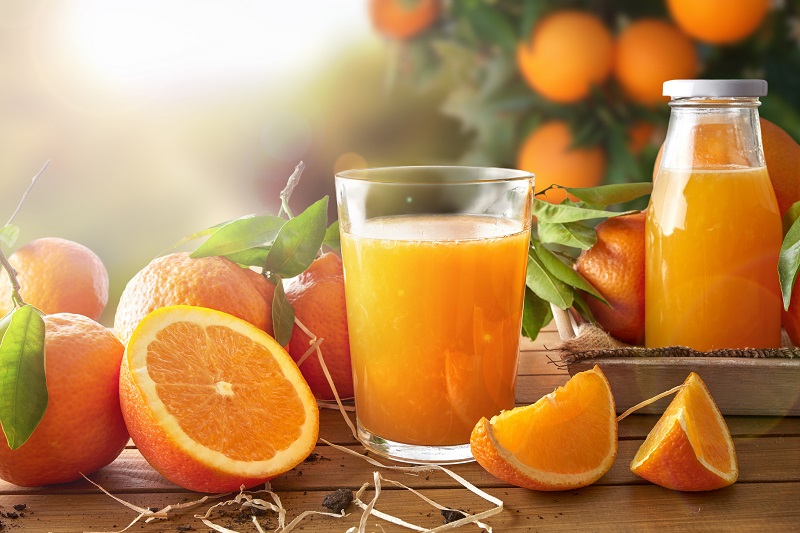
Everything has gotten mega-sized, including our drinking glasses. Much of the increase in beverage calories, according to the The American Journal of Clinical Nutrition study, comes from an increase in the size of beverages: Between the 1970s and the turn of the century, the average drink increased from 13.6 fluid ounces to 21 fluid ounces.
This makes sense: The juice glasses of old were little, squat cups that were smaller than a coffee mug. And that’s an appropriate portion: Four ounces of 100 percent juice, like orange, is about 55 calories. But if you pour yourself a 16-ounce tumbler with breakfast, you’re at 220 calories—almost as much as in a 20-ounce soda.
If four ounces feels too dinky, consider mixing the juice with some sparkling water: According to a Japanese study published in the Journal of Nutritional Science and Vitaminology, the bubbles can actually increase feelings of fullness. And they also add a sense of fun!
2. Keep your coffee sweet…without the calories.

Coffee doesn’t just give you a morning burst of energy: Drinking it has been linked to increased brain function, protection against Alzheimer’s and reduced diabetes risk, according to the British Nutrition Foundation, European Journal of Neurology and Harvard Medical School. But if you’re a drinker of frappes, lattes or other coffee concoctions, you may be downing more calories than you realize. A medium café mocha from a popular coffee shop is almost 300 calories.
Black coffee is, of course, better, at barely any calories per cup. But it may not scratch the itch if you’re used to something whipped or infused. Powdered stevia is a natural sweetener that’s unlimited on the Nutrisystem program, and can sweeten things up. But you can make things fancier with a half-teaspoon of cinnamon or even cocoa powder. Besides the chocolatey kick, unsweetened 100 percent cocoa powder can help your heart (like dark chocolate) and even improve blood flow to your brain, according to the Cleveland Clinic. And if milkiness is a must, try swapping in unsweetened vanilla almond milk: It’s got just 17 calories in 100 milliliters, compared to 54 for the same amount of two percent milk.
For something really special, try this easy to make, low-calorie twist on the Pumpkin Spice Latte.
3. Ditch the soda, but keep the bubbles.
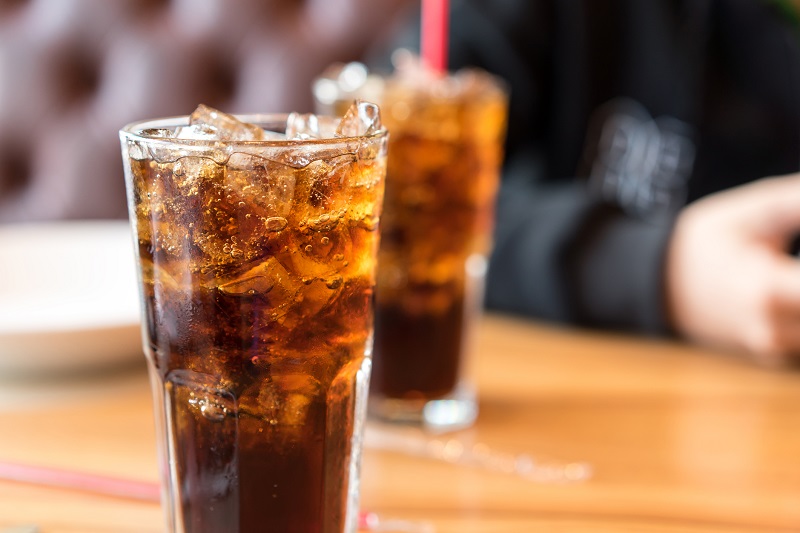
American soda consumption fell 31 percent between 2005 and 2016, according to The Washington Post, but we’re still downing a lot of pop. Statistics from the Centers for Disease Control and Prevention from 2016 states that one in three Americans drinks soda every day.
Those calories add up: One 20-ounce bottle can have around 240 calories, about half as many calories as a full meal. And most of those calories are added sugars, which can provide further dangers: According to a study, published in the Journal of the American Medical Association, people who consume 10 to 25 percent of their daily calories as added sugar have a 38 percent higher risk of cardiovascular disease. If you’re on a 1,600-calorie per day diet, that’s 32 grams of sugar per day—the 20-ounce soda has double that!
Start by trying to replace one soda per week with sparkling water or seltzer. Squeeze in some lemon or lime to give it a flavor boost. Work your way up from there. Soda’s a treat, so treat it that way—occasionally, and in moderation.
4. Skip the smoothie stand. Make your own!
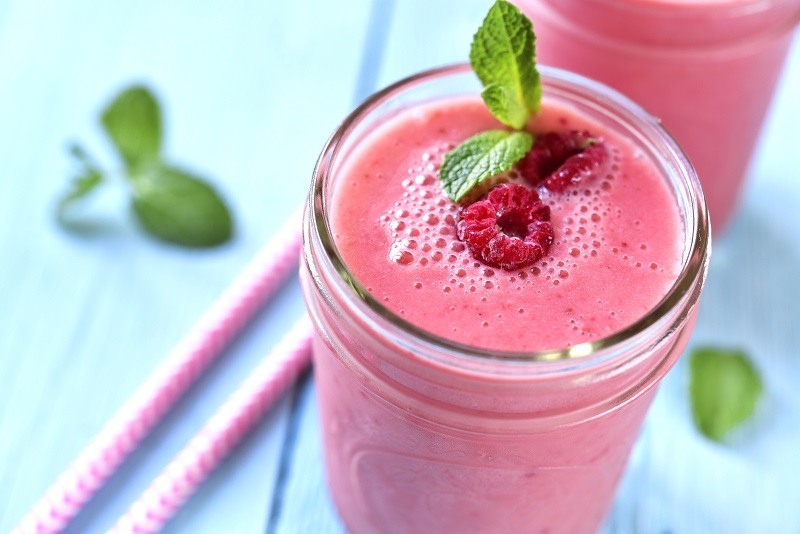
These “healthy” beverages can often be deceiving. Smoothies can seem like diet food, but if you’re not careful, they’re a sneaky way to deliver lots of calories really fast. A medium fruity smoothie from a leading chain can have around 390 calories, almost as much as you’d get from a healthy meal, but without the filling fiber or slow chewing that can keep you full.
If you love to sip, try making them at home: You’ll be able to better control what goes in the blender so there are no surprises, and you can even add more leafy greens to boost nutrition and foster fullness. Try one of these 11 green smoothies for a vegetable nutrition supercharge, or take one of these five mouthwatering make-ahead smoothies with you on the go—so you can sip and save calories anywhere.
5. Don’t slurp a sports drink unless you’re sweating a LOT.
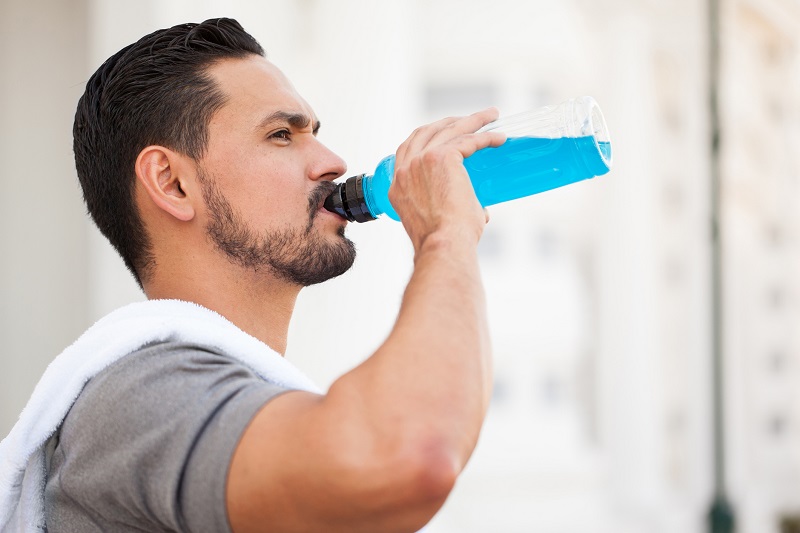
Research has shown that walking burns fewer than 90 calories per mile, and running burns just over 100 (depending on your weight and pace). One 20-ounce bottle of sports drink blows that calorie burn away: It can contain around 140 calories, and almost all of that is sugar. Unless you’re riding a century or running a marathon, you probably don’t need all that extra zip.
Stay hydrated while you exercise, but keep it calorie-free: Add interest and flavor to plain old water with a squeeze of lemon, slices of cucumber or torn up herbs like mint. You’ll stay refreshed and get the calorie-burning benefits of your sweat session.
6. Make flavor-filled, fruity tea—in the pot or on your porch.

If you haven’t visited your grocery store’s tea aisle in a while, you’re in for a treat: There are shelves and shelves of bags infused with orange, blueberry, raspberry and other sweet flavors that stand on their own—and without calories. If it’s green tea, it will also provide bonus health benefits: According to a study, published in the Journal of the American Medical Association, people who drank four or more cups of green tea daily reduced their risk of stroke and cardiovascular disease by 20 percent when compared to those who rarely drink it.
If you don’t want to go to the trouble of boiling and then cooling all that water, just stick it on your porch on a warm day. Fill a pitcher with water, toss in four or five bags, and let the sun do the work. In a few hours, you’ll have a sweet pitcher that’s just as refreshing as any soda. If it needs a little more sweetness, try flavoring your tea with a teaspoon of honey (which counts as one Extra on the Nutrisystem program), or a spoonful of Stevia, which is an unlimited food.
The post Thirsty? 6 Must-Follow Rules for Choosing Your Beverages appeared first on The Leaf.
from The Leaf https://ift.tt/2JIWSUN
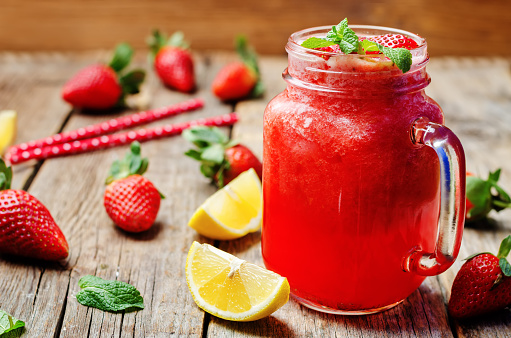

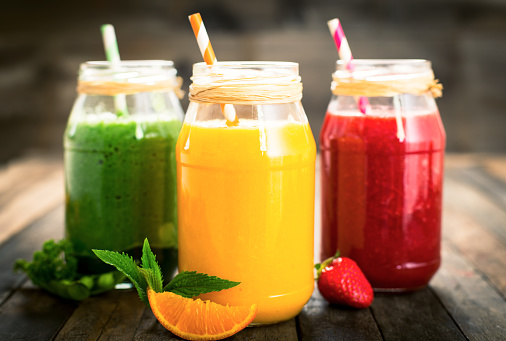
No comments:
Post a Comment